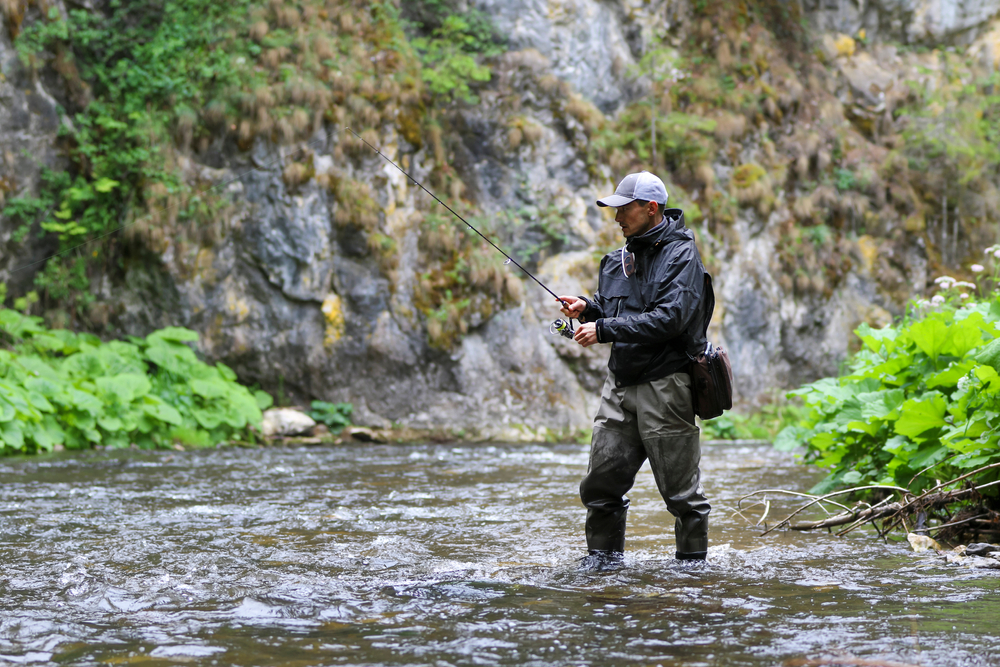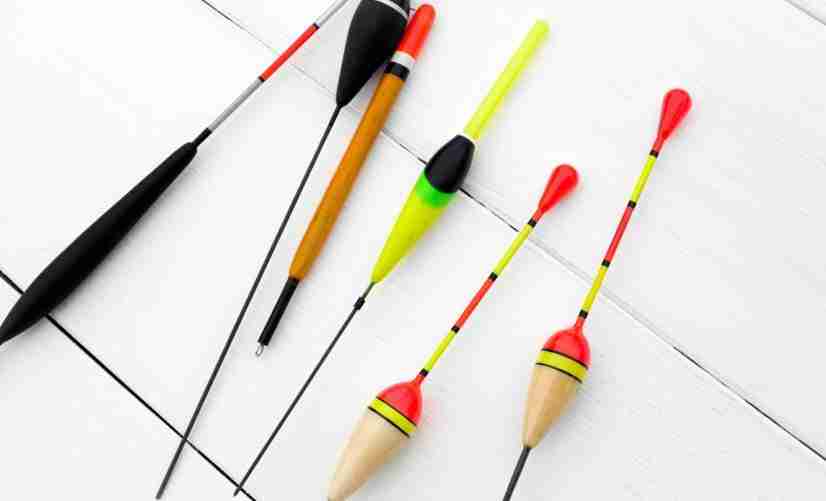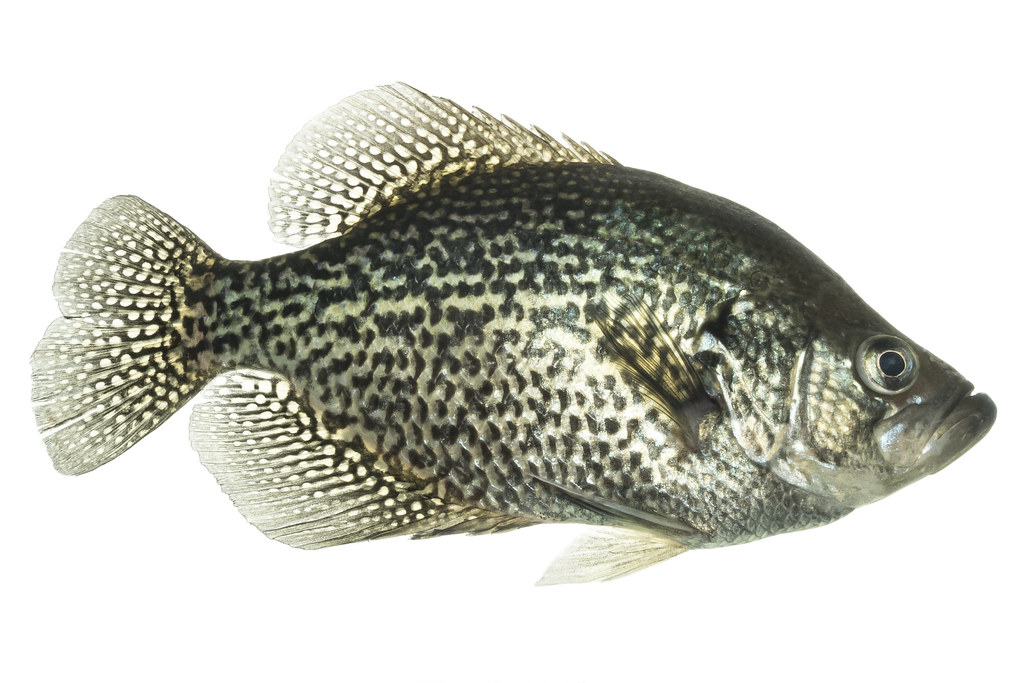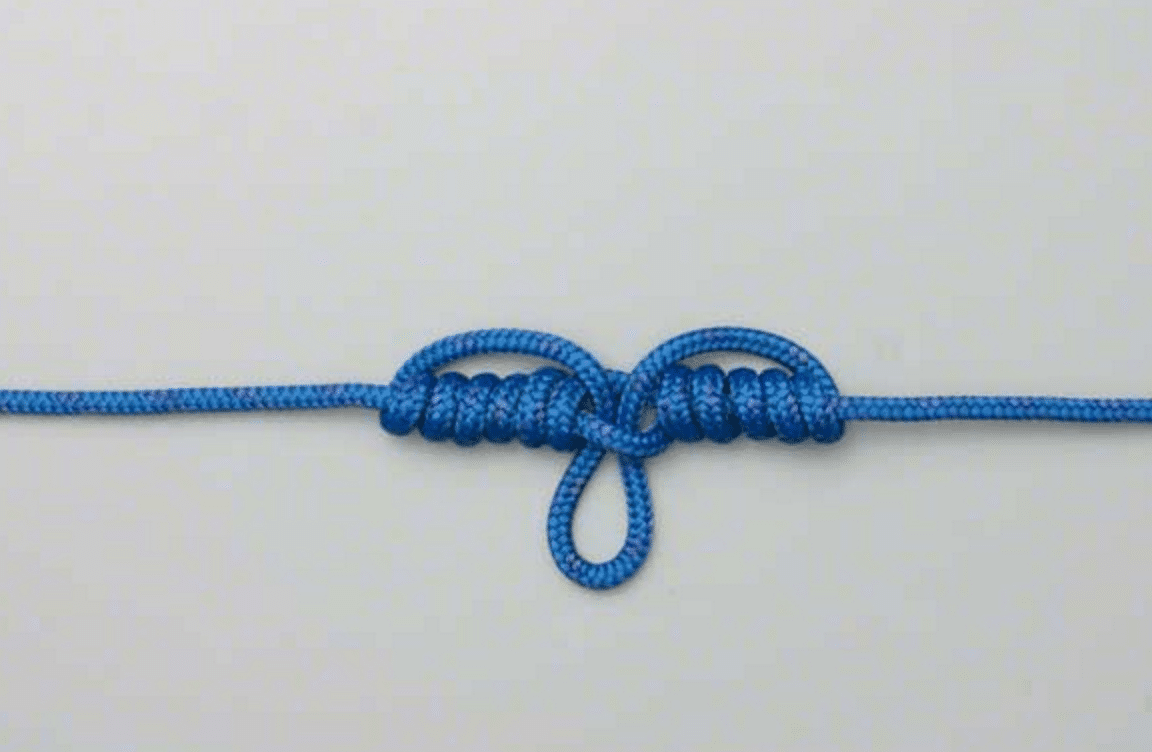
Learn How to Tie a Fishing Knot

10 min read
Knowing how to tie a hook to a fishing line and being able to do it with your own hands, as they say, are two big differences. But even without knowledge and understanding of the properties of materials, and connected objects, it will not be possible to do the work qualitatively. A bad knot will definitely let the fisherman down at the most significant moment, because the largest fish always breaks the line, and just in the place where the hook had to be tied.
Therefore, experienced anglers necessarily take into account when choosing a bundle the compatibility of the number and type of hook with the thickness and flexibility of the fishing line attached to it. More on that later.
Squiggles – what they are
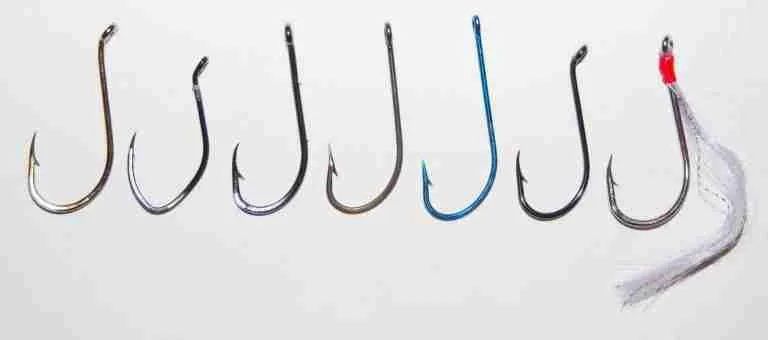
Any fishing rod begins with a hook - this is the main tackle, without which fishing will not take place, because the fish is caught on the hook.
There are many varieties, and their differences in execution:
- By the number of stingers - the most popular of them are single, double and triple. Less commonly used products with four and five points of Japanese production.
- The type of head is the main element that affects the choice of fastening unit. Initially, all fishing hooks had a connecting place in the form of a spatula, and the eye began to be made only in the thirties of the last century.
- Single hooks differ in the length of the forearm: if it is long, it is convenient to plant a worm, and a short one is better used for compact baits - bread crumb, peas, dough. A variety of single is an offset hook with a double bend of the forearm for fixing soft-bodied silicone nozzles. Put one of the twisters on such a hook and make sure that it holds on the forearm more confidently.
- The number means the distance from the forearm to the sting in millimeters and varies within 2 ─ 16 on the Russian scale, it does not coincide with the international one.
- Universal metals for hard and elastic products are stainless and high-carbon steel. The material of the hook coating is indicated by the letters: nickel N, black nickel NB, bronze BZ.
You can tie the hook to the tackle only after making sure of its quality. There are products coated with varnish or Teflon.
Quality is determined by trying to straighten the hook ─ due to the properties of good metal, it should not change its shape or break. The sharpness of the stinger is determined by the nail: a scratch should remain.
Line
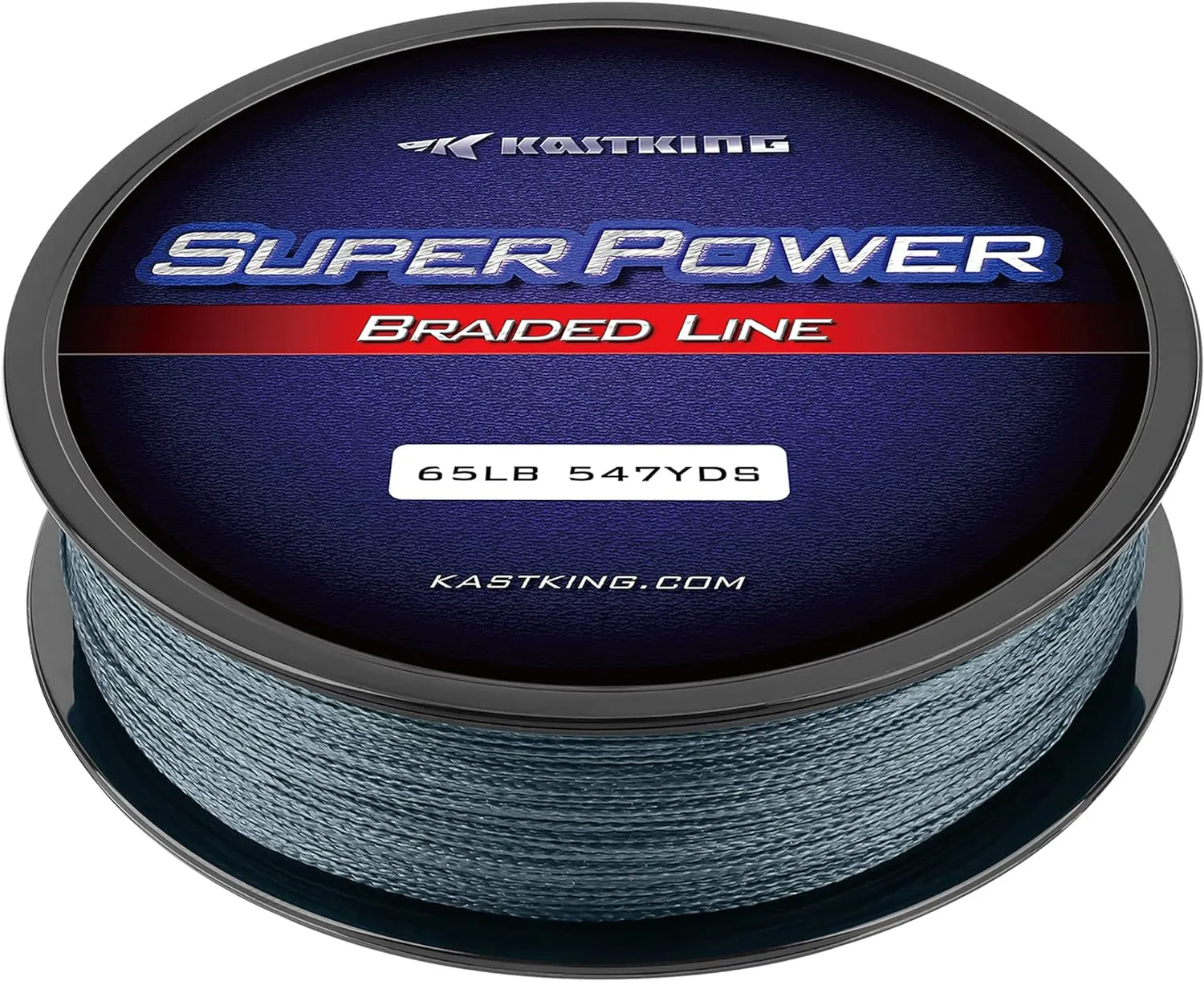
They are made of polymers and in the process of broaching are impregnated with special compounds, so that the fishing line acquires high strength characteristics that determine the attachment of the hook to it.
There are three main forms:
- Fluorocarbon or invisible ─ it is resistant to the destructive factors of the natural environment: ultraviolet rays, temperature and humidity, mechanical damage. Often leads are made from this fishing line, to which the hooks are knitted. But, due to the rigidity of the material, the nodes can spread, so only special ones are used. Fishing ingenuity also suggests knotless editing.
- Monofilament fishing line is made of nylon, very strong and is able to stretch under the action of force. This protects it from tangling when casting and softens the jerks on the line of a large predator. It is universal ─ you can successfully attach a hook to it and use it as the main thread.
- The braided cord is made of polyester fibers soldered together. Hooks are rarely tied to it, more often used as the main tackle on the rod. To use it confidently, you need experience, which is not observed in novice anglers.
This leads to a conclusion: any fishing line can be attached to the squiggle. The main thing is to choose and tie the tackle correctly.
The most popular components ─ products with an ear
As mentioned above, the heads of hooks are with a hole, as well as without an ear, in the form of a spatula. How to tie the hook to the fishing line?
To begin with, it is worth getting acquainted with the technique of connecting hooks that have holes:
- The Palomar knot is called very simple and durable, you can tie it even blindly. Take the tip of the fishing line and bend, forming a loop, stretch it into the hole. Tie a knot on the loop and cover the hook with it. Moisten the knot and pull off, cut off the excess. Everyone is good for the knot, but for a thick or fluorocarbon filament is not suitable - it will not pass through a shallow hole.
- The multifunctional knot is devoid of this drawback, it can be used to attach the hook to any fishing line, not excluding the braid. This is done as follows: stretch 11 cm through the ear, build a loop at the end. Wrap the fishing line around the forearm 5-8 times and stick the free tip into the loop. After you tie, do not forget to wet the knot before tightening.
- A bloody knot can tie hooks on a fishing line, but it is not suitable for a braid. The name came from the time of Columbus, a whip with such a knot at the end beat the “fined” sailors to the blood. How to knit? Knit it like this: thread the fishing line into the hole and wind the wood in the direction from the ear 4-7 times (a thin thread allows a greater number of revolutions), and then pass the tip into the loop near the ring of the hook. Now pull on the short end and the knot is ready. They can knit fishing jigs, swivels and sinkers.
- Pitzen ─ this is the name of the knot, which can be knitted even when fishing directly on the reservoir. This is one of the simplest nodes. The sequence of tying the hook to the leash: stretch the fishing line through the hole of the hook, bend it twice and wrap 3-4 times in the direction of the ear. Pull the free end through the loop far from the hook, moisten and tighten the knot.
For beginners, knitting products with a hole to the fishing line is easier psychologically. Here it is clear what keeps the squiggle.
If there is no hole in the hook
No less common than with an eye, hooks with a spatula are also common. Usually they are branded, for example, for catching carp. How do I tie a hook to a scapula?

Here are some reliable and simple bundles for hooks without a hole:
- Universal for the spatula ─ along the rod put the thread and make a free loop, and scroll the tip around the forearm for 3-7 turns, thereby attaching the thread to the forearm. Turns should be placed tightly, but do not allow them to cross, if this happens, then the node will not work. After making sure that the installation is correct, we tie the knot on both sides, having previously moistened it with water. A properly tied hook will not let the fisherman down at a crucial moment.
- Snood is suitable for thin and medium diameter fishing lines ─ the larger the size, the smaller the twigs should be. From practice, it has been established that more than 5 turns should not be done. How do I securely tie a hook? Procedure: with the free end of the thread, wrap the loop around the spatula. Wrap the forearm with fishing line and pass the tip into the loop. Wet, pull the knot together and trim the excess. With this bundle, you can tie the hook to the cord of the braid and monoline.
- There is a very simple knot for attaching hooks with a spatula, but it cannot be knitted on fishing lines thicker than 0.2 mm. ─ The spatula can simply slip through under heavy load. The thread itself can be monofilament or braided. Tie a thin fishing line to the hook as follows: from the tip of the fishing line, make a double loop like a surgical one and fold it like an eight. Insert the forearm of the hook into each part of the number and you can tighten it, after moistening the knot.
There are ways and knots that can be knitted to attach both types of hooks. One of them is Loop, it knits quickly: fold the fishing line in half, if there is a ring, then pre-thread the tip into it; the knotted loop is laid along the hook, focusing on the sting.
Now, holding the loop, wrap the forearm with the blank end 6 times and insert it into the loop; Wet the wood and tighten the connection ─ the hook is fixed.
When making a bundle on a squiggle with a spatula, the thread should be slightly stretched for ease of use. Turns on the skeleton can be made more, the knot will become stronger.
Two hooks on a fishing line
How to properly knit two squiggles on one thread, because few anglers do with fishing on one hook: the probability of biting increases in proportion to their number. The scheme is simple ─ it is important to know the ligaments and be able to attach two or more hooks to the main thread so that the lesson is more exciting.
Tying hooks to the fishing line is done in two ways:
- Attach the second and subsequent hooks directly to the main thread;Attach the hook with one of the already known knots to the leash, and the already equipped tackle to the main fishing line, or vice versa.
Sliding Snood is used when there is a need to tie a second hook without a leash above the first closer to the float. This is convenient, since in the absence of a leash there is no probability of tangling. How to bind correctly? Feature: an additional segment is required for binding, it attaches the tackle to the main fishing line, and it can be of any thickness. The sequence of operations is similar to the previous case: from the segment make a loop for the hook and wrap around itself 8 times; apply the forearm to the main thread and wind 5 more times. Holding the squiggle, tighten the leash segment.
There is another way to attach the second hook to the main thread, like the Eight. Let’s tie it like this: first, a loop is made on the main thread in 3 turns and, if you pull it, you get the number 8, so the leash is tied to it, a loop in a loop. After that, you can securely tie the hook to the fishing line of the leash in any of the above ways.
Catching a big fish is the dream of every fisherman, regardless of his hunting experience. And all of them can tell the story of the loss of the trophy due to a bad attachment of the hook.
And it’s not about the fishing rod, you can only blame yourself for this. It is not necessary to be able to knit many knots, it is enough to perfectly master one or two ways to feel confident on the river. And then you can say: I knit knots well.
